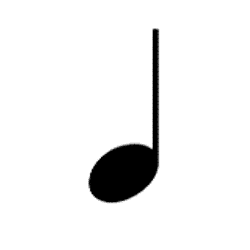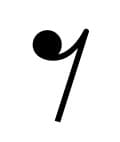Myths about teaching can hold you back
- Year 11
- OCR
- Year 11
- OCR
Identifying rhythms
I can accurately identify and notate four-beat rhythms.
These resources will be removed by end of Summer Term 2025.
Switch to our new teaching resources now - designed by teachers and leading subject experts, and tested in classrooms.
These resources were created for remote use during the pandemic and are not designed for classroom teaching.
Lesson details
Key learning points
- Rhythmic dictation is the process of listening to a rhythm and writing it down using notation.
- Verbalisation, using words to represent different note values and patterns, is a useful strategy for rhythmic dictation.
- Words like ‘ta’ (crotchet) and ‘ta di’ (pair of quavers) can help to identify different note values.
- We then convert those words into their correct notation symbols.
Keywords
Rhythmic dictation - the process of listening to a rhythm and writing it down
Verbalise - to express with words (for example, verbalising a rhythm is turning a rhythm into words)
Note value - how long a note lasts for (for example, a crotchet has a note value of one beat)
Common misconception
Longer note values (like minims) are impossible to verbalise, because the words sound the same as a crotchet.
Longer note values are tricky to verbalise. A minim uses one syllable, just like a crotchet. The key is to make sure you count how many beats they last for - that will help you tell the difference between crotchets, minims and longer notes.
To help you plan your year 11 music lesson on: Identifying rhythms, download all teaching resources for free and adapt to suit your pupils' needs...
To help you plan your year 11 music lesson on: Identifying rhythms, download all teaching resources for free and adapt to suit your pupils' needs.
The starter quiz will activate and check your pupils' prior knowledge, with versions available both with and without answers in PDF format.
We use learning cycles to break down learning into key concepts or ideas linked to the learning outcome. Each learning cycle features explanations with checks for understanding and practice tasks with feedback. All of this is found in our slide decks, ready for you to download and edit. The practice tasks are also available as printable worksheets and some lessons have additional materials with extra material you might need for teaching the lesson.
The assessment exit quiz will test your pupils' understanding of the key learning points.
Our video is a tool for planning, showing how other teachers might teach the lesson, offering helpful tips, modelled explanations and inspiration for your own delivery in the classroom. Plus, you can set it as homework or revision for pupils and keep their learning on track by sharing an online pupil version of this lesson.
Explore more key stage 4 music lessons from the Listening: dictation unit, dive into the full secondary music curriculum, or learn more about lesson planning.

Equipment
Licence
Prior knowledge starter quiz
6 Questions
Q1.This note is a .
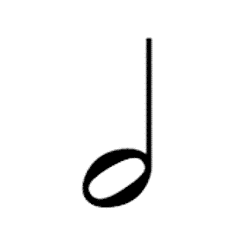
Q2.These notes are .

Q3.How many beats does this note last for?
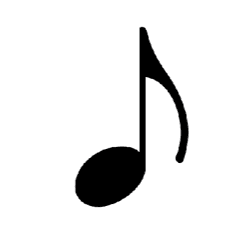
Q4.How many beats does this note last for?
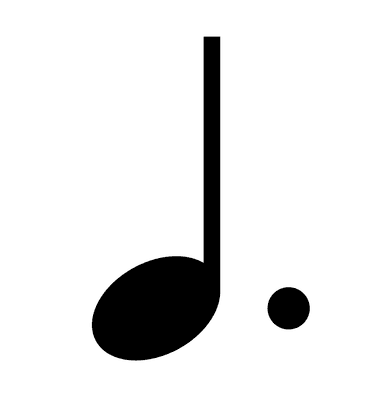
Q5.How many quavers fit into a minim?
Q6.How many semiquavers fit into a dotted crotchet?
Assessment exit quiz
6 Questions
Q1.What phrase effectively verbalises this rhythm?

Q2.What phrase effectively verbalises this rhythm?

Q3.What is the correct term for how long a note lasts for?
Q4.What is rhythmic dictation?
Q5.Which of these rhythms correctly fills a bar of 4/4?


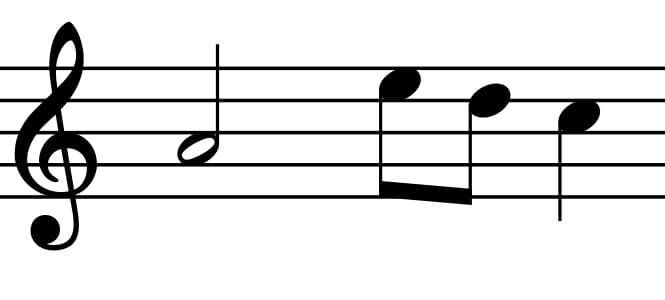

Q6.What single note could you add to this rhythm to fill a bar of 4/4?



